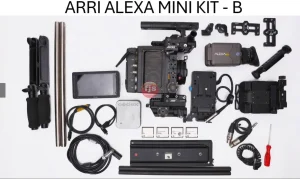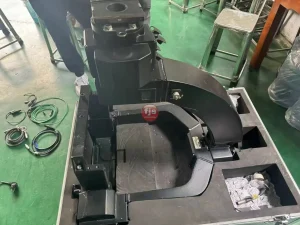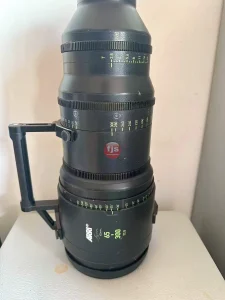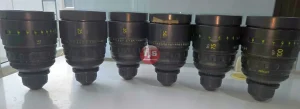Telephoto lenses offer incredible capabilities, bringing distant subjects closer and compressing backgrounds for dramatic effects. But like any tool, they come with limitations. Let’s delve into the potential drawbacks of telephoto lenses to help you make informed decisions for your photography journey.
Disadvantages of Telephoto Lenses:
- Bulk and Weight: Telephoto lenses tend to be significantly larger and heavier than their wide-angle counterparts. This can make them cumbersome to carry, especially for extended periods or travel photography.
- Slower Shutter Speeds: The longer focal length magnifies camera shake, requiring faster shutter speeds to avoid blurry images. This can be challenging in low-light situations without a tripod or image stabilization.
- Shallow Depth of Field: Telephoto lenses often produce a shallower depth of field, blurring backgrounds beautifully but potentially making it harder to keep both your subject and surroundings in focus, especially at wider apertures.
- Limited Field of View: The narrower field of view makes it harder to capture expansive landscapes or group shots, forcing you to move further away or stitch panoramas.
- Higher Cost: Telephoto lenses, especially those with longer focal lengths and faster apertures, can be significantly more expensive than wider lenses.
Additional Considerations:
- Subject Isolation: While beneficial for portraits or wildlife photography, the narrow field of view can be restrictive for capturing context or storytelling in wider scenes.
- Autofocus Performance: Depending on the lens and camera combination, autofocus performance might be slower on telephoto lenses, impacting your ability to capture fast-moving subjects.
Conclusion:
Telephoto lenses offer unique advantages but are not without their trade-offs. Understanding their limitations in terms of weight, portability, low-light performance, and cost is crucial for informed decision-making. Consider your shooting style, subjects, and budget before incorporating a telephoto lens into your kit.







